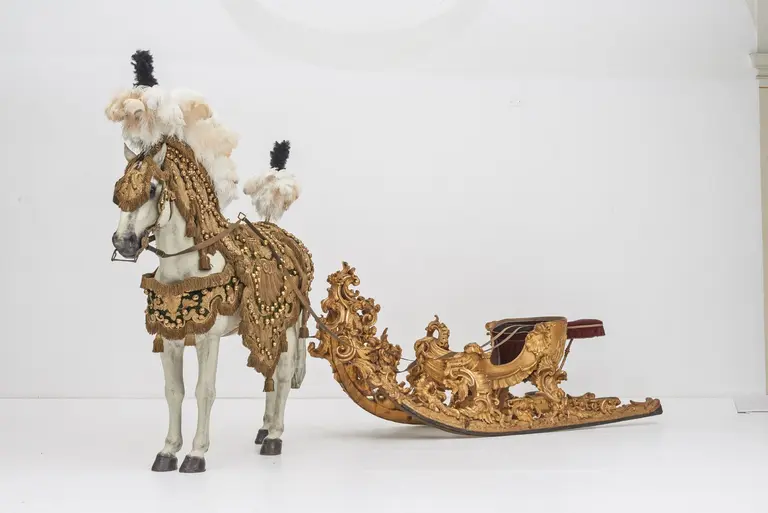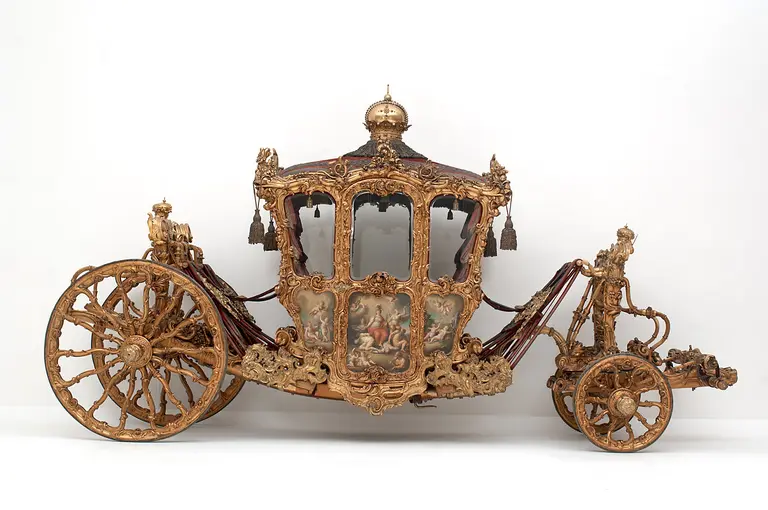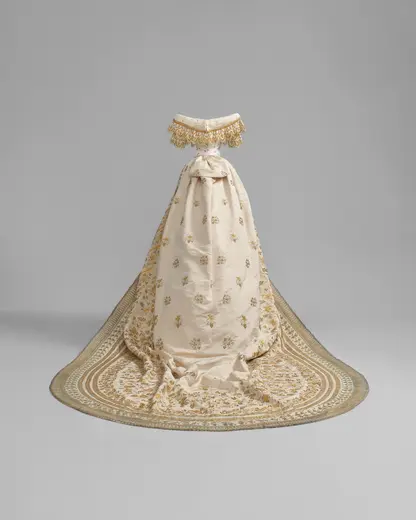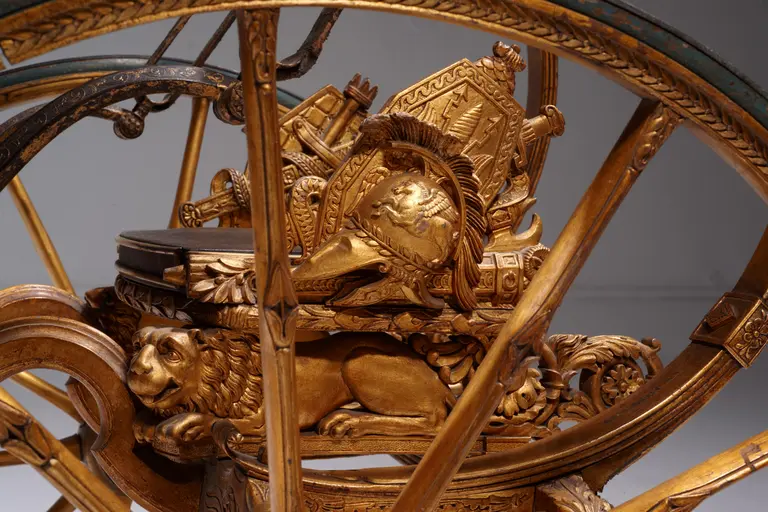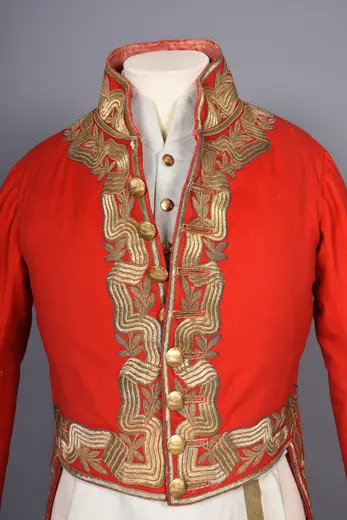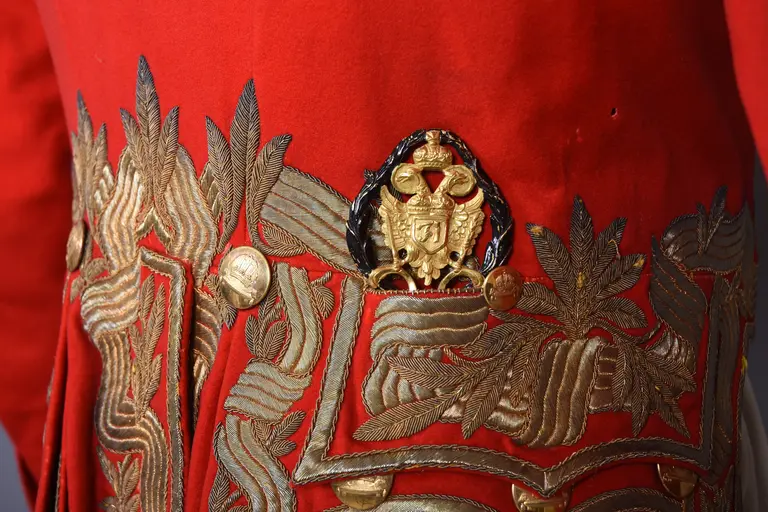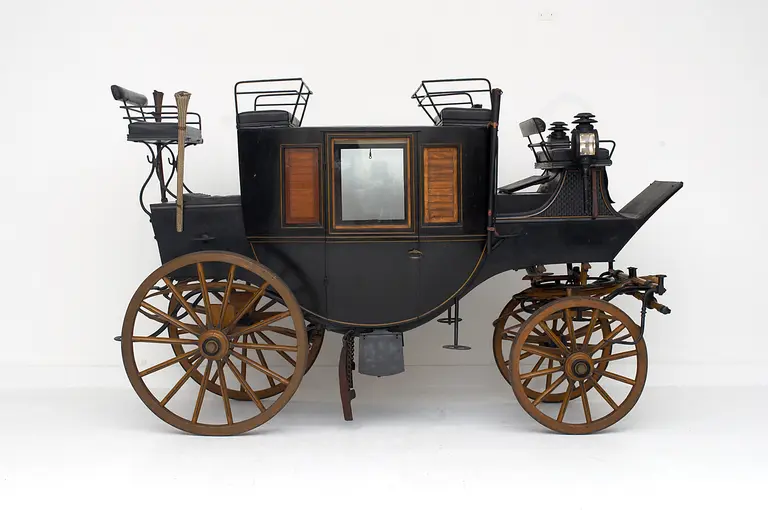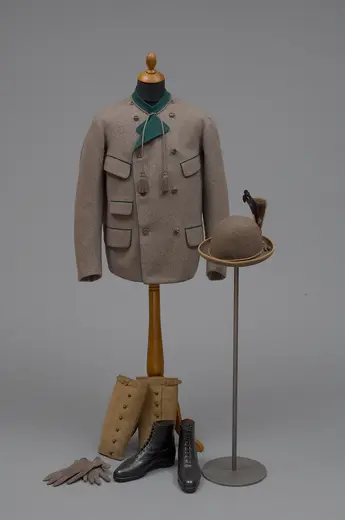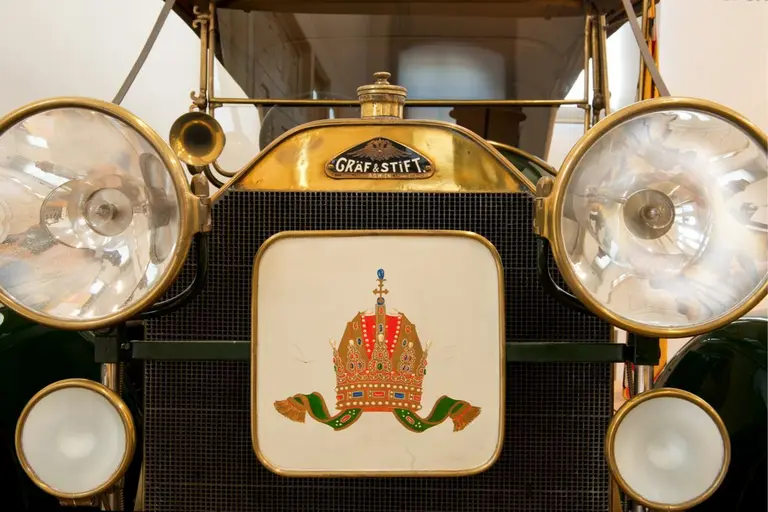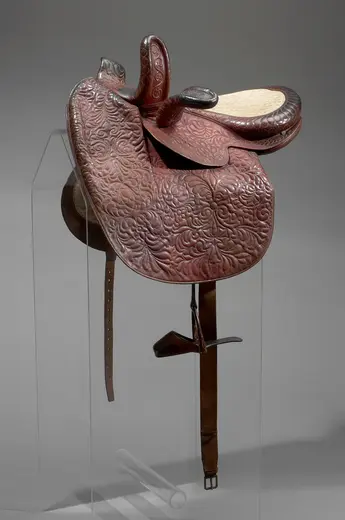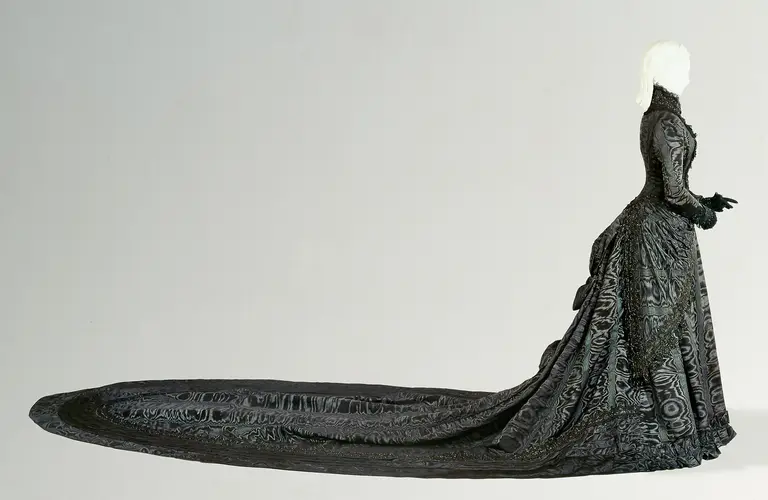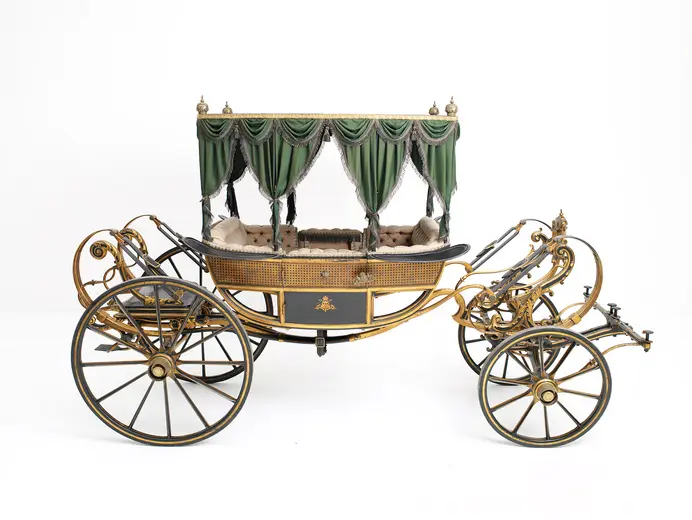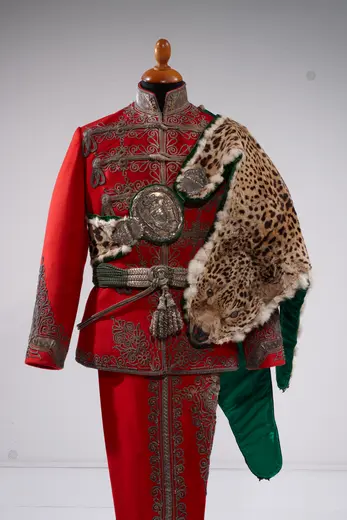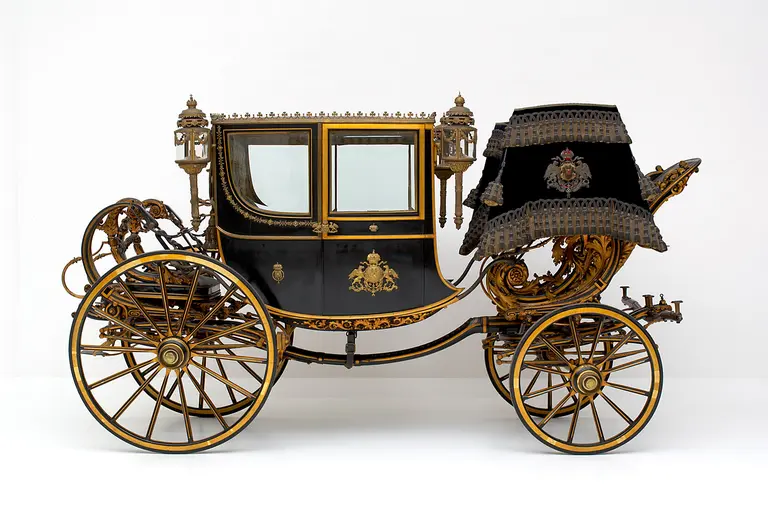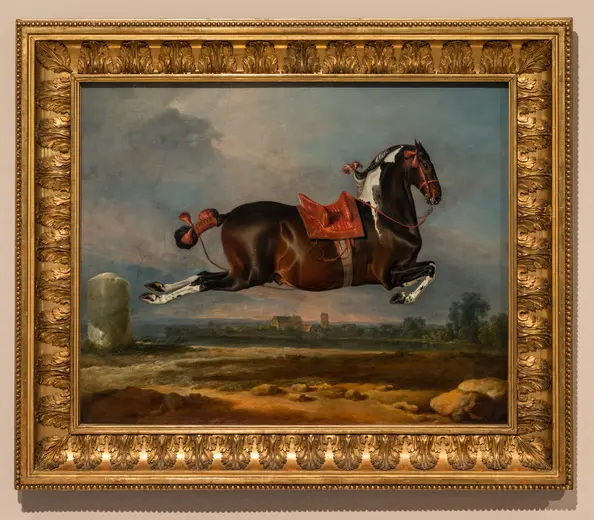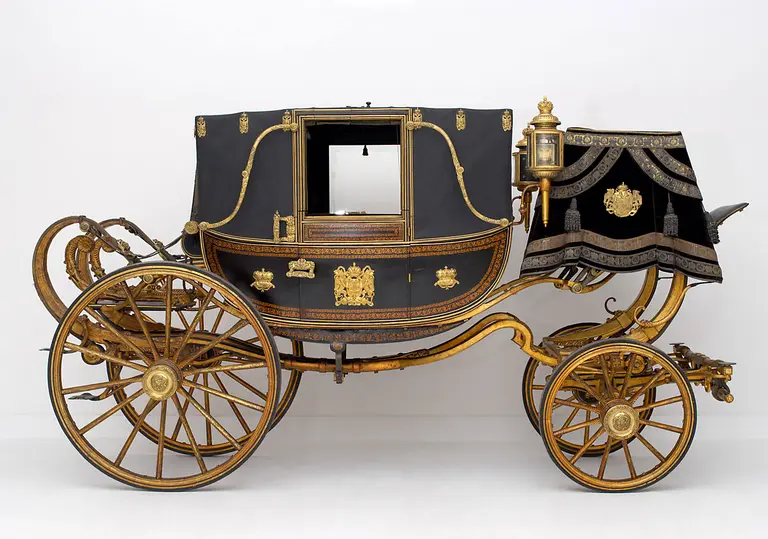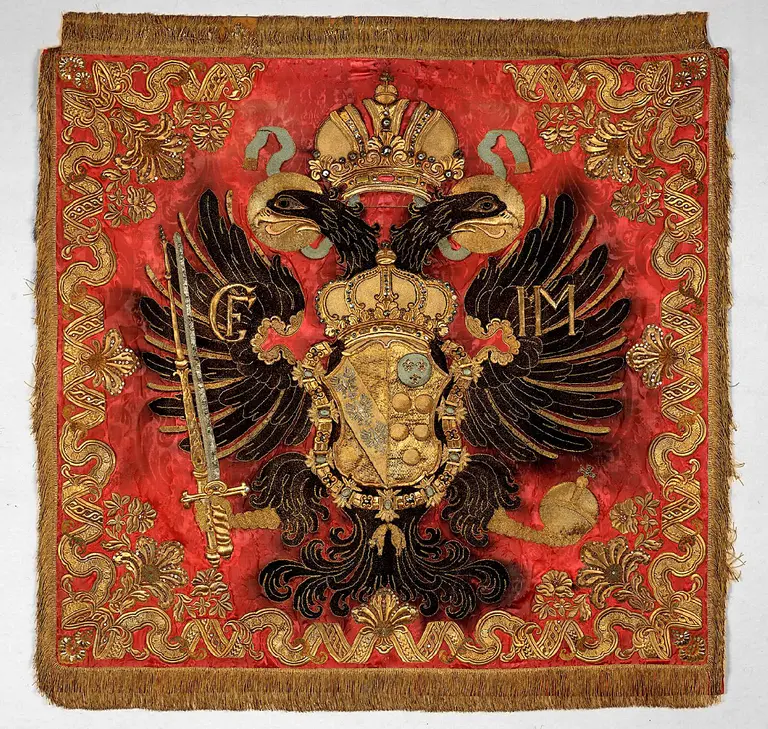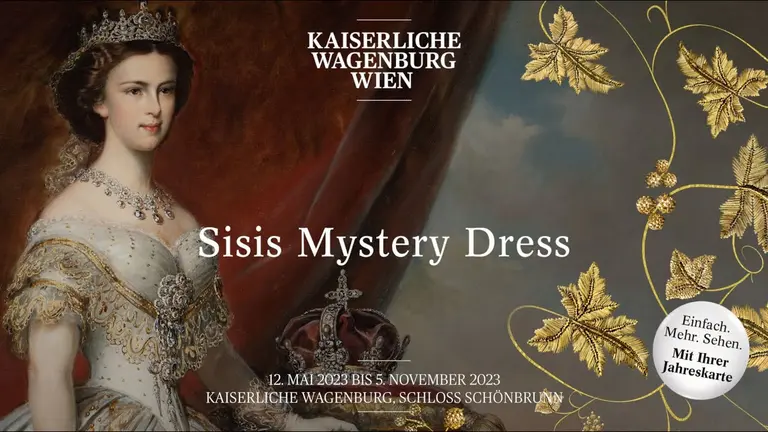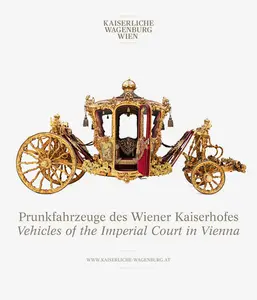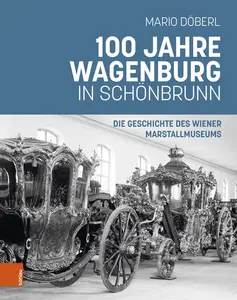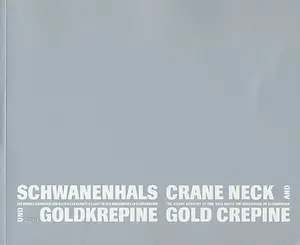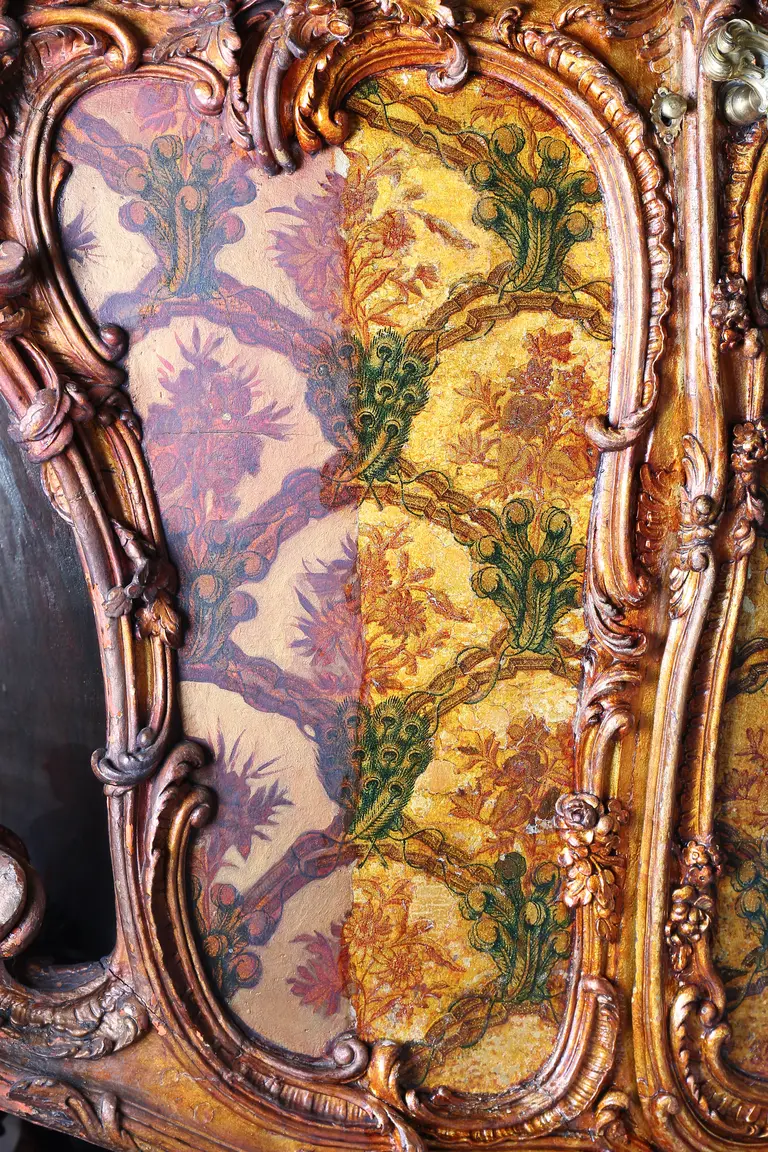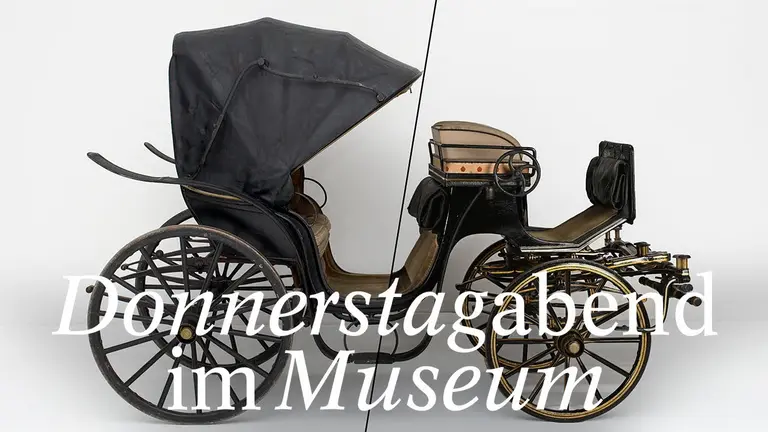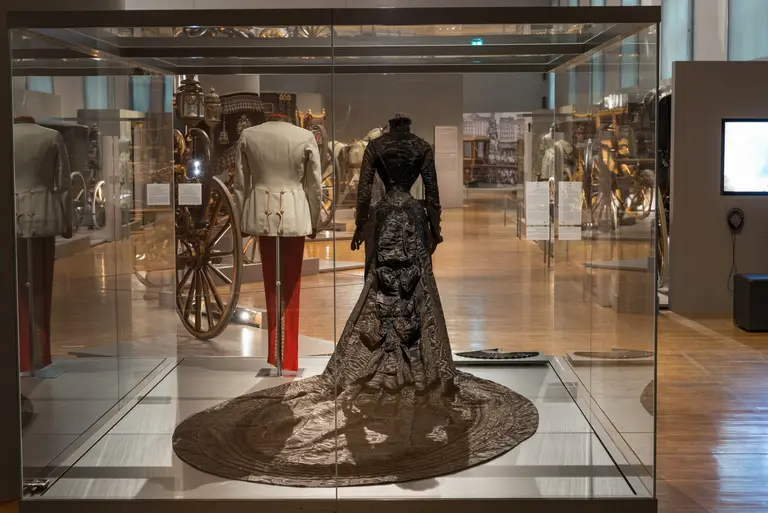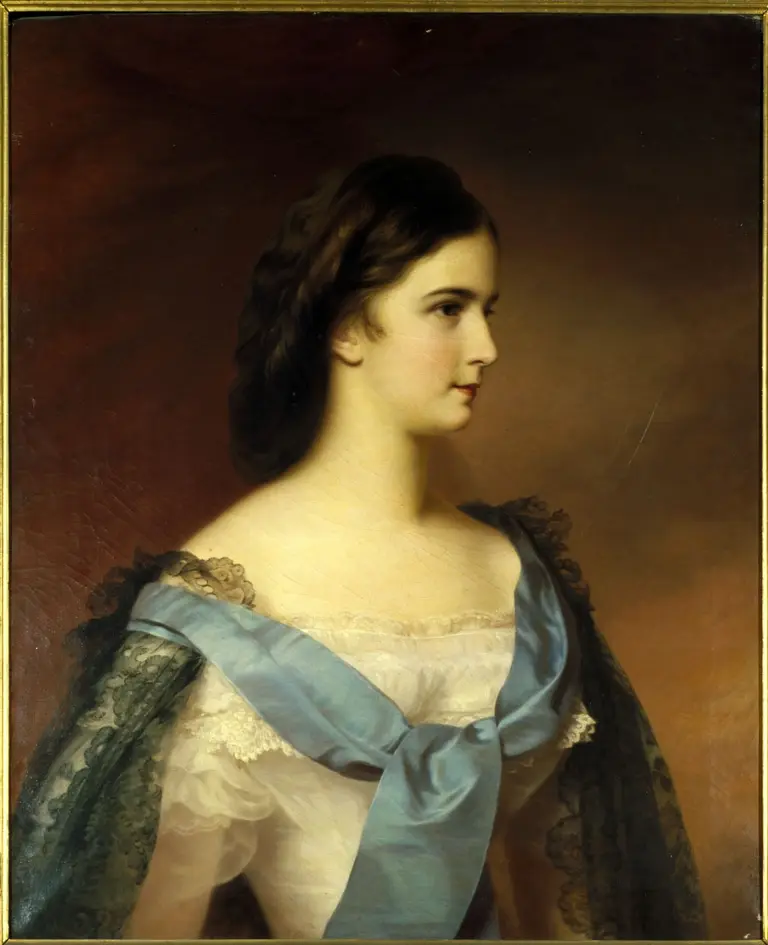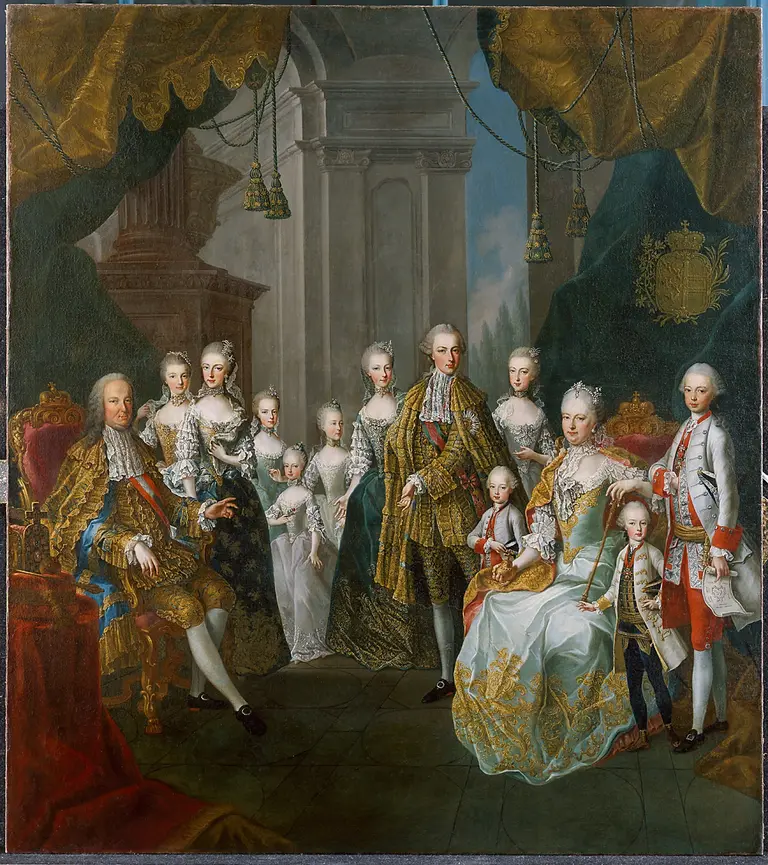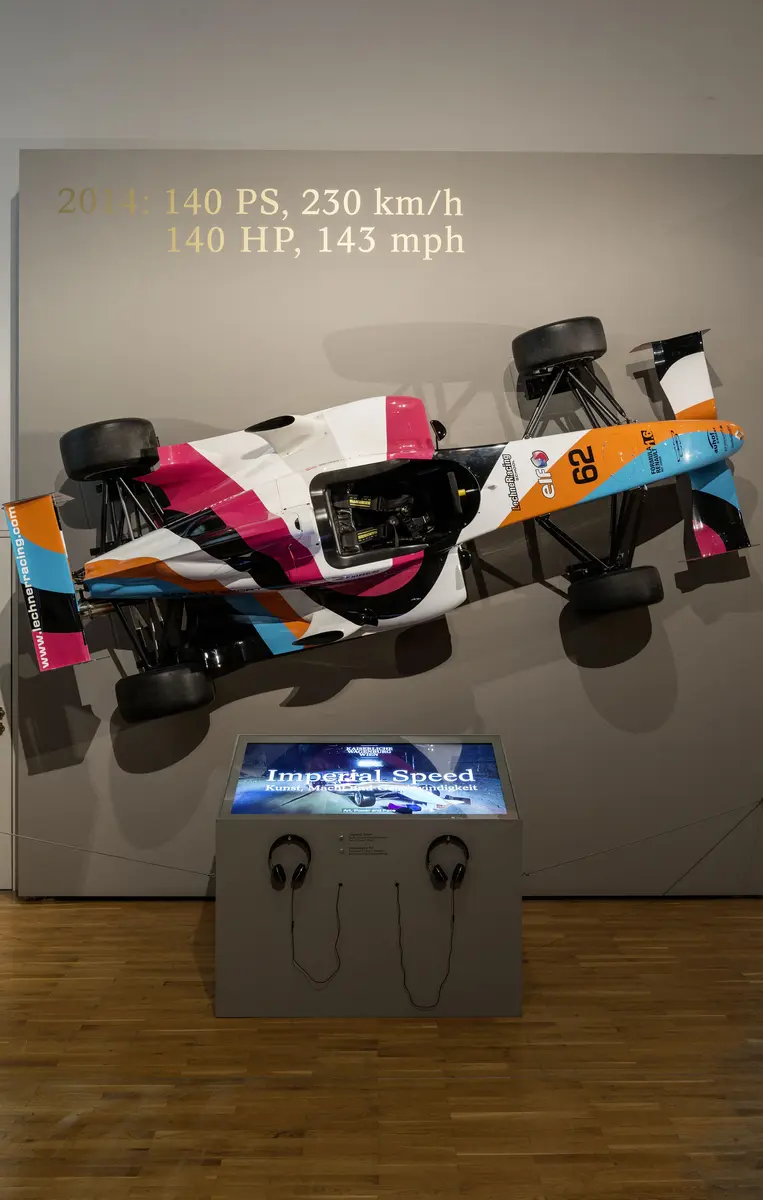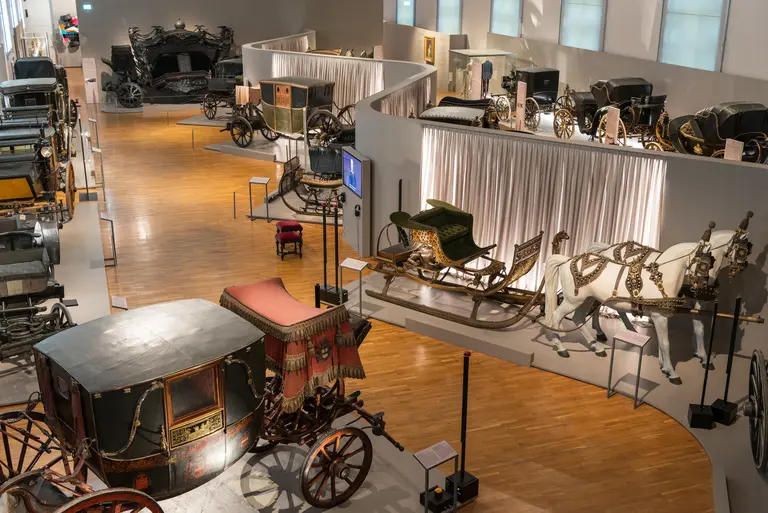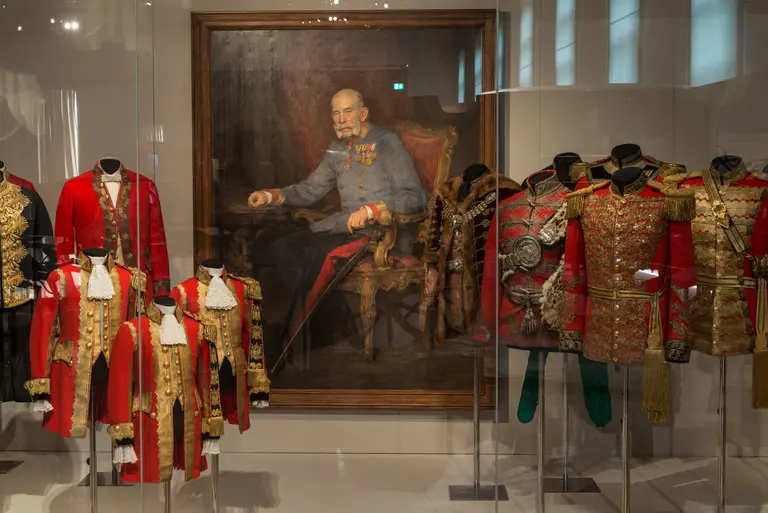The Imperial Carriage Museum is home to an impressive collection of vehicles used by the Viennese court. The fleet of around 600 carriages was once one of the largest in the world and was housed in the buildings of today's Museumsquartier. In addition to around 100 court vehicles, there is also an impressive collection of carriages belonging to the court nobility. The collection also includes the Habsburgs’s magnificent riding equipment and harnesses as well as paintings and prints on the history of the Viennese court. Adjoining the Imperial Carriage Museum, the Department of Court Uniforms, with its unique collection of civilian uniforms, liveries, regalia of chivalric orders, and personal items of the Habsburgs’s clothing, also documents the colourful and impressive visual appearance of court society.
Thanks to an active acquisition policy, all the collections have been continuously expanded over the past decades. In addition, externally funded research projects have closed gaps in the documentation, developed new standards for the storage of carriages and uniforms in museums, and researched the history of mobility, courtly representation, and civilian uniforms.
All of this makes it possible for the Imperial Carriage Museum to regularly organise special exhibitions and to continually supplement its permanent collection with new, previously unseen exhibits.
